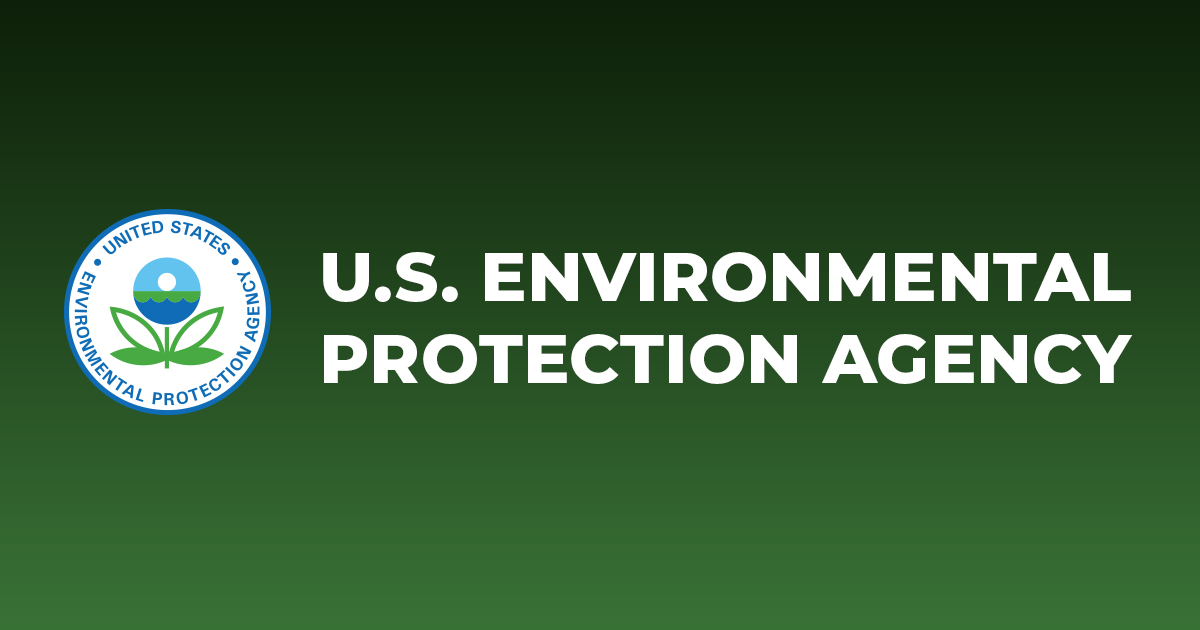

EPA Action to Reduce Pollution
EPA is working to address pollutants that are causing ocean and coastal acidification. These pollutants include carbon dioxide emissions, acid-rain forming emissions, and nutrients. Initiatives to reduce ocean acidification-causing carbon dioxide emissions are part of EPA’s larger efforts to address climate change:
- Reducing greenhouse gas emissions from power plants and vehicles
- Supporting renewable energy sources
- Encouraging energy efficiency
Similar EPA initiatives exist to tackle acid rain and nutrient pollution issues that drive coastal acidification:
- Implementing the Acid Rain Program to reduce sulfur dioxide and nitrogen oxide emissions from power plants
- Working with states and tribes to develop and implement nutrient reduction strategies
EPA’s research and monitoring focuses on four main areas:
- Understanding the potential effects of acidification
- Monitoring changes in ocean chemistry and biological impacts
- Using computer modeling to predict changes in the ocean carbon cycle and resulting impacts to marine organisms and ecosystems
- Assessing social and economic impacts and developing conservation strategies for marine organisms and ecosystems
EPA is working to improve laboratory experiments to better match real-world ecology. This kind of work explores how seawater enriched with dissolved carbon dioxide and nutrients affects food chains. Another line of work examines how marine organisms respond to acidification, including the combined effects of acidification and oxygen depletion caused by nutrient pollution and how plankton communities may change.
EPA is collaborating with the National Estuary Program (NEP) and their partners to measure coastal acidification using autonomous, in situ monitoring sensors for dissolved carbon dioxide (pCO2) and pH in estuaries across the U.S. These state-of-the-art sensors give scientists new insights into acidification in nearshore waters. To date, these sensors have been deployed in NEP study areas in San Francisco Bay (CA), Santa Monica Bay (CA), Tampa Bay (FL), Massachusetts Bay (MA), Casco Bay (ME), Barnegat Bay (NJ), Long Island Sound (NY), Coastal Bend Bays (TX), Puget Sound (OR), Tillamook Estuaries (OR), Mobile Bay (AL), and Indian River Lagoon (FL).
EPA is collaborating with states to study the interactions between nutrients and coastal acidification, as well as collaborating with universities to study the impact on shellfish. Also, EPA is incorporating acidification parameters into existing computer models that predict water quality and shellfish habitat quality.
EPA has developed a computer model that predicts coral health. Resource managers, conservationists, and biologists are using the coral health model to predict how climate change and ocean acidification impact coral reefs. A separate computer model combines elements of biology and economics to predict how acidification’s effect on shellfish will impact the economy due to declining production by the fishing and aquaculture industries.
Recent Webinars
Coastal Acidification: Adaptation and Mitigation Strategies – December 1 & 3, 2020
Ocean and coastal acidification (OCA) threatens marine ecosystems and the coastal communities that rely on them. Actions and best practices to adapt to and mitigate impacts of OCA, such as buffering sediments, restoring seagrasses, and conserving refugia is an area of active research. Five speakers discussed strategies to mitigate impacts of OCA on coral reefs and shellfish resources including:
- Dr. Tyler Cyronak, Assistant Professor, Nova Southeastern University (Florida)
- Sara Randall, Associate Director, Downeast Institute (Maine)
- Dr. Kimberly K. Yates, Senior Research Oceanographer, U.S. Geological Survey, St. Petersburg Coastal and Marine Science Center (Florida)
- Dr. Nichole Price, Senior Research Scientist, Bigelow Laboratory for Ocean Sciences (Maine)
- Dr. Susie Arnold, Marine Scientist, Island Institute (Maine)
State Legislation on Ocean & Coastal Acidification Webinar – March 19, 2020
Ocean and coastal acidification threaten marine ecosystems and the coastal communities that rely on them. The U.S. EPA’s Ocean and Coastal Acidification Program promotes awareness and conducts research and long-term monitoring to mitigate impacts of acidification and develop solutions. States play a critical role in guarding their coastlines against local causes of acidification. Speakers included:
- Holly Galavotti, U.S. Environmental Protection Agency
- Mike Molnar, Coastal States Organization
- Justine Kimball, Ph.D, Senior Program Manager, California Ocean Protection Council
- Caren Braby, Marine Resources Program Manager, Oregon Department of Fish and Wildlife
- Donald Witherill, Director, Division of Environmental Assessment, Maine Department of Environmental Protection
Interagency Working Group on Ocean Acidification
The Subcommittee on Ocean Science and Technology, part of the U.S. Government’s Executive Branch, administers the Interagency Working Group on Ocean Acidification. This interagency working group addresses the congressional mandate of the Federal Ocean Acidification Research and Monitoring Act of 2009. As a member of the interagency working group, EPA coordinates with other federal agencies to study ocean and coastal acidification. Led by NOAA, 13 federal agencies comprise the Interagency Working Group on Ocean Acidification. Among those agencies, those with web resources that deal with ocean acidification are listed below:
- National Aeronautics and Space Administration
- National Oceanic and Atmospheric Administration
- National Park Service
- National Science Foundation
- Smithsonian Institution
- United States Geological Survey
Additional Ocean and Coastal Acidification Web Resources
The following links exit the site
- epa.gov

Join us, as fellow seekers of change, on a transformative journey at https://sdgtalks.ai/welcome, where you can become a member and actively contribute to shaping a brighter future.






